A set of five literacy rotation task cards to be used in conjunction with Issue 3 of Teach Starter’s Year 4 magazine.
Take the stress out of your literacy planning with these comprehensive task cards!
What are these task cards for?
These task cards have been designed specifically for use with Issue 3 of Teach Starter’s Year 4 magazine, What’s Buzzing?
How do I use the magazine and task cards for literacy groups?
In countless ways! You could assign each literary group an article for the week, then allow the students to work through the five sets of task cards.
What types of task cards are included?
Five sets of task cards have been included. These address the areas of writing, language, comprehension, reading strategies and higher-order thinking skills.
Year 4 Magazine – What’s Buzzing (Issue 3)
You can access the magazine by clicking the thumbnail below.
[resource:4531791]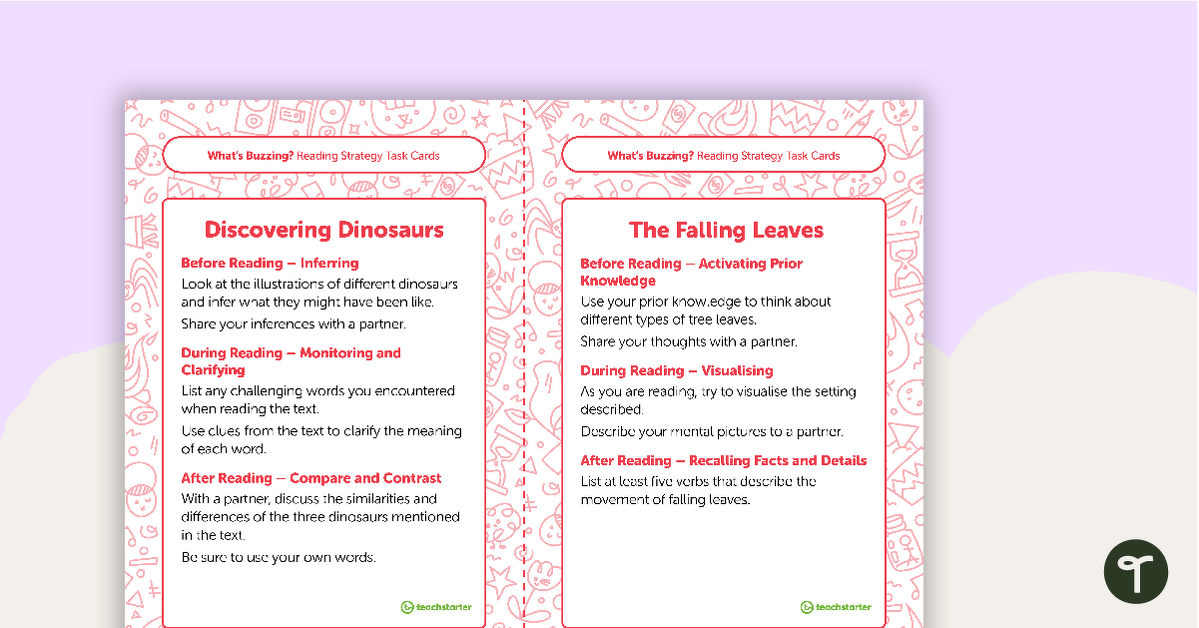
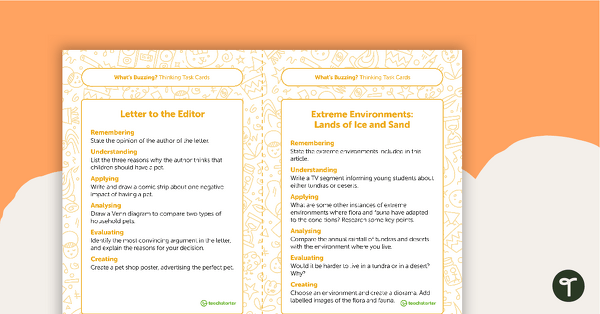
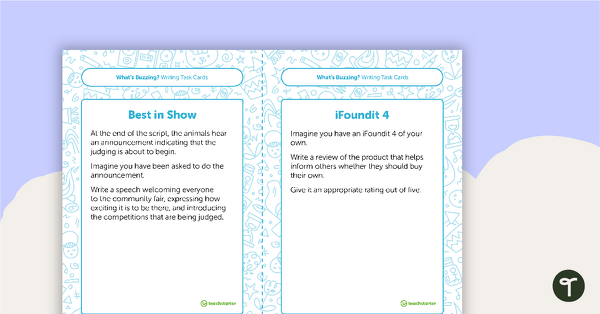
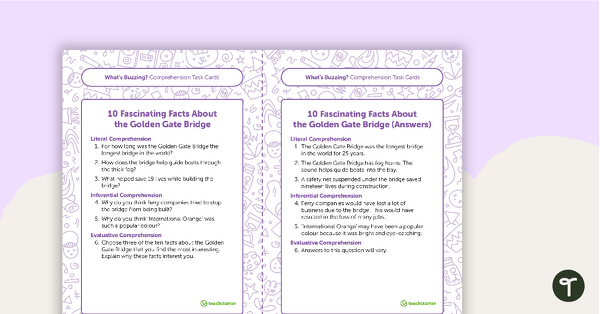

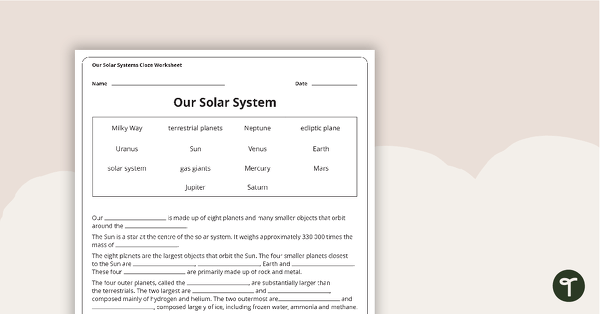
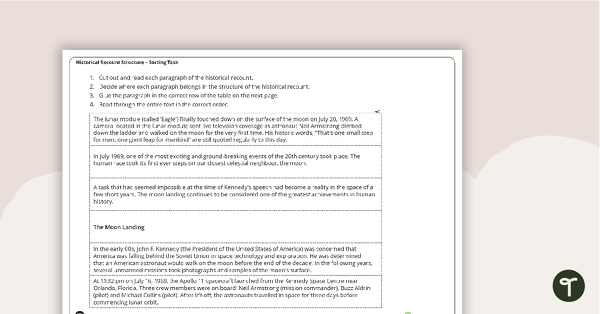
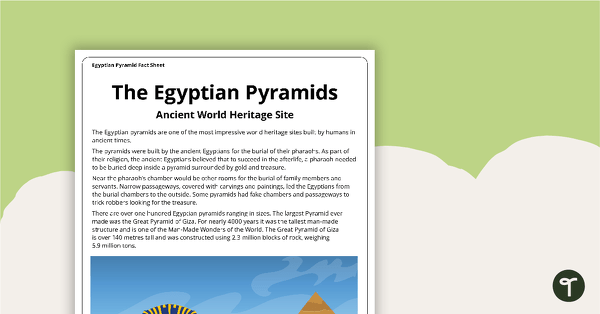
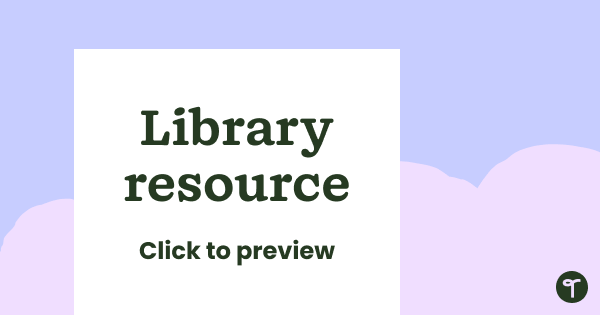
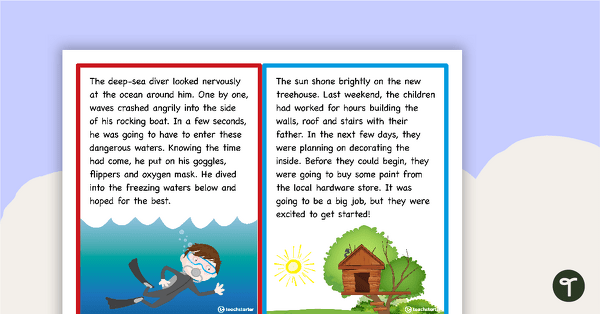
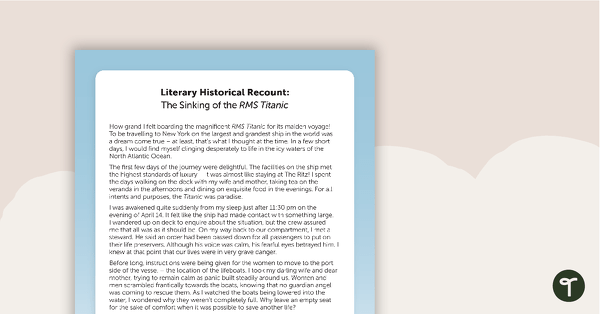
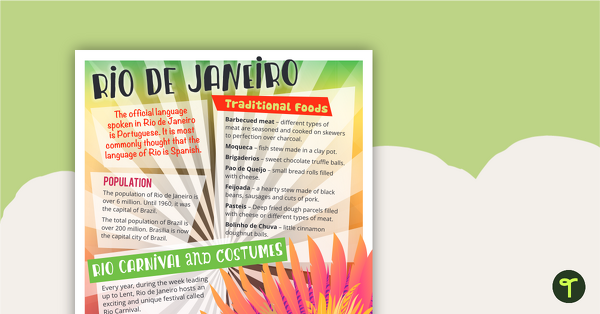
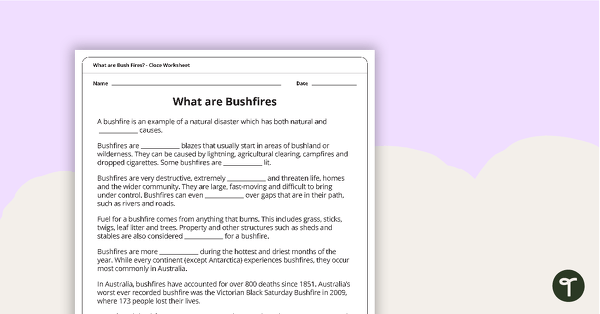
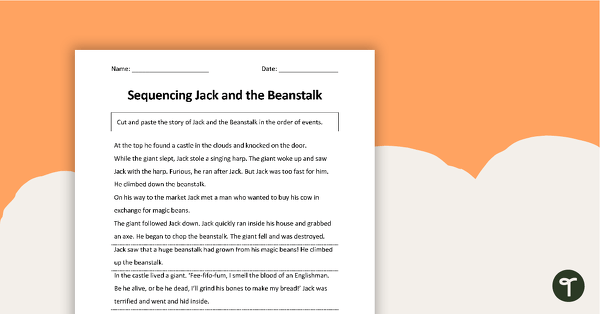
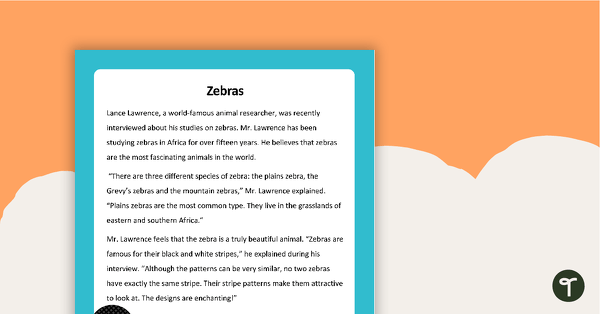
Hi. Are the tasks differentiated.
Hi Kate. Thank you for reaching out. The majority of the activities on the task cards are open-ended, allowing students to complete them at the level at which they feel capable. We have three magazines available for every year level, so you can always provide your students with easier or more difficult versions of the magazine should this be required to better meet the needs of individual students. Hope this helps!